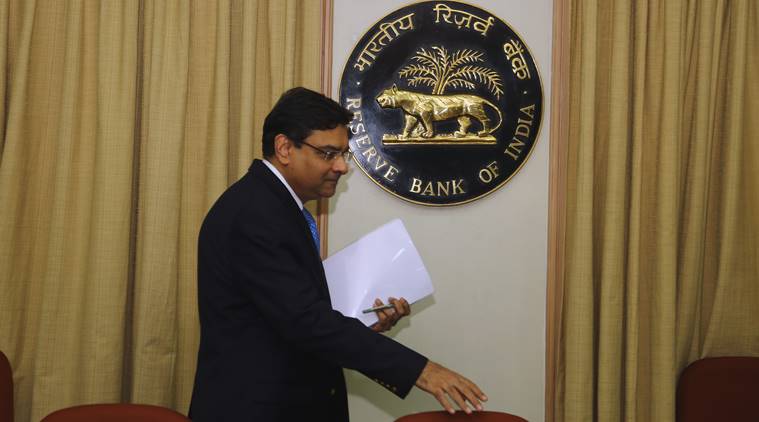Bank and its critics
RBI has a more coherent case on capital base, performance and autonomy than its critics. Central banks need to be adequately capitalised in order to perform their core functions which include being the lender of last resort for the banking system.

Recent weeks have seen a bewildering explosion of commentary on the RBI by a disparate group including named and unnamed government sources, members of policy advisory groups, academics and others. The issues revolve around the capital base, performance and autonomy of the RBI.
Is the RBI’s capital base too large? Central banks need to be adequately capitalised in order to perform their core functions which include being the lender of last resort for the banking system. As per the latest available figures, total RBI capital is around 27 per cent of its total assets. This, as some observers have pointed out, is more than in most central banks in the world.
The problem with this conclusion is the composition of the RBI capital base. Only a third of RBI capital is actually contingency funds that can be deployed when needed. The remaining two-thirds of its capital is primarily revaluation funds. This is an accounting entry which rises and falls as the value of the assets of the RBI rises and falls. Thus, over the past quarter, the depreciation of the rupee has led to an increase in the rupee value of RBI dollar assets by almost Rs 1.6 trillion. But this is accounting income, not earned income. If one had reported the RBI balance sheet in dollars, then there would have been no change on either side of the balance sheet at all.
The deployable capital base of the RBI is just about 7 per cent of total assets. This makes the RBI one of the most under-capitalised central banks in the world. Commentators (including the Government of India’s Economic Survey of 2016) who focus on the overall rupee size of the RBI capital base as opposed to its deployable capital base are either deliberately misleading or are just dilettante economists. This brings us to the issue of RBI performance. The recent uproar has been over two overlapping concerns — the Prompt Corrective Action (PCA) norms and the liquidity management of the RBI since the IL&FS crisis broke in September 2018.

No comments:
Post a Comment